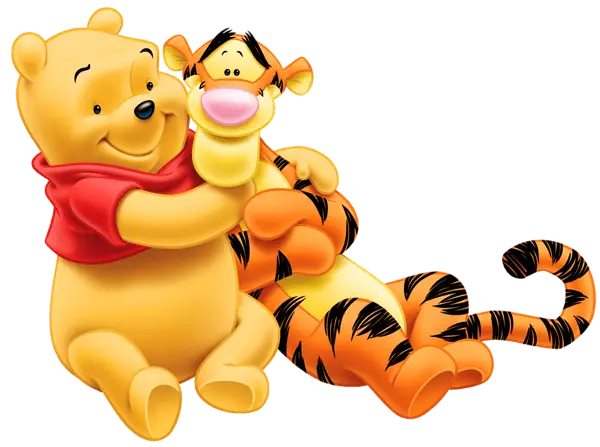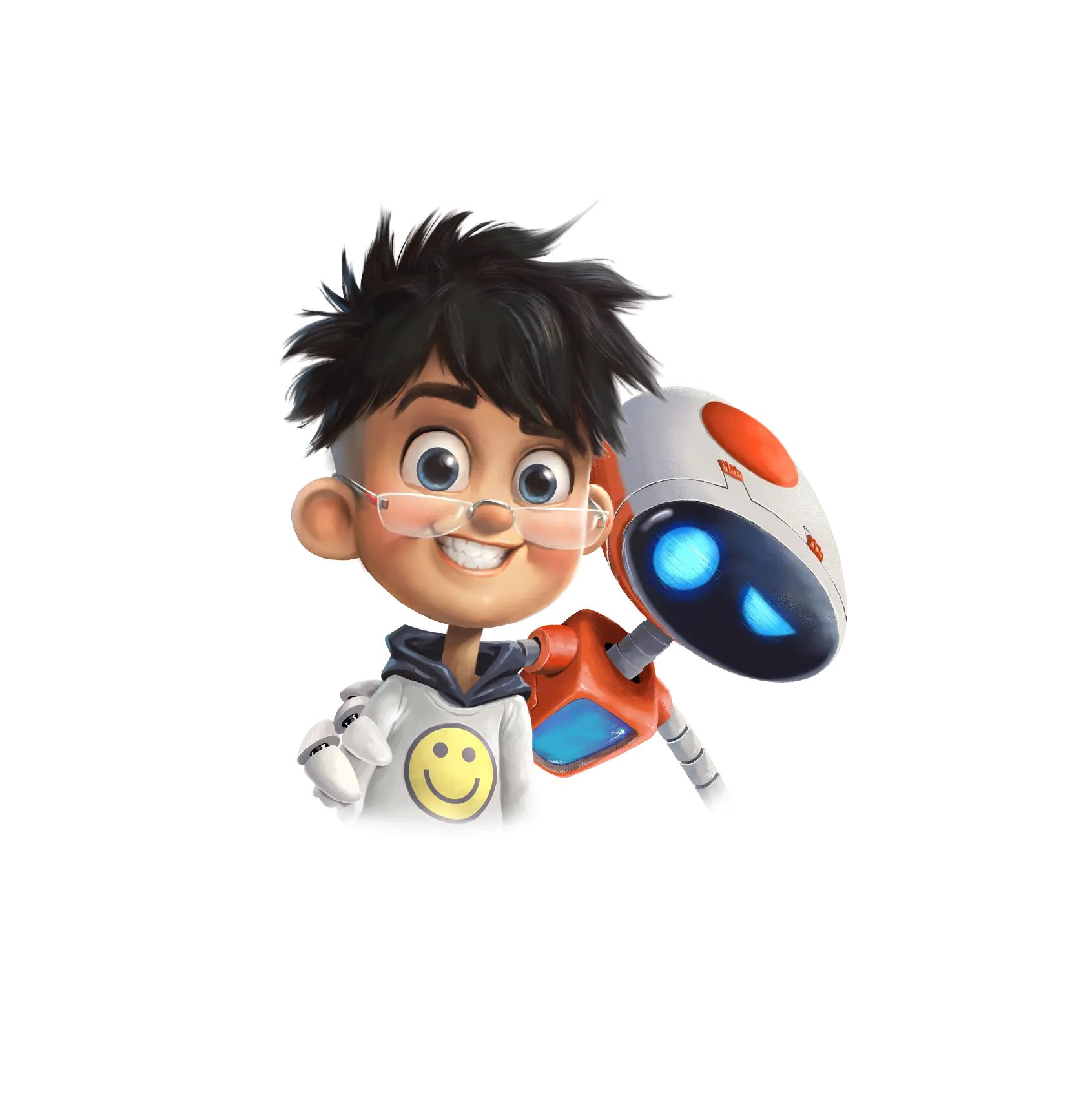The Psychology of Color Theory in Animation: How Emotions Are Painted On-Screen

Color theory in animation is not merely about choosing attractive shades; it is a fundamental tool that shapes storytelling. It forms the invisible thread that binds together emotions, characters and scenes, guiding audiences through a journey without the need for a single spoken word. Since the human mind is deeply visual, colors engage us on a profound level, transforming moving images into experiences that stay long after the screen fades.
The Fusion of Art and Science
The study of color is both an artistic pursuit and a scientific discipline. On the artistic side, color psychology explains how certain shades affect human feelings and behaviors, allowing animators to bring intensity, comfort or mystery into their stories. On the scientific side, understanding the formation and interaction of colors helps animators carefully design palettes that reinforce meaning and harmony. When used together, these approaches transform animation into a medium where the environment, mood and character arcs are communicated as much by color as by movement or dialogue.
The Emotional Language of Hues
Colors are more than visual elements—they speak an emotional language. Warm tones such as red, orange and yellow are bold and energetic. They can suggest joy, passion or even danger. Red often signals strength or love, orange conveys warmth and vitality, while yellow embodies optimism and cheer. Think of the bright and mischievous Minions, whose playful personalities are reflected in yellow.
In contrast, cool shades such as blue, green and purple bring calmness, depth and mystery. Blue suggests tranquility or sorrow, as seen in the character Sadness from Inside Out. Green connects to growth and nature, yet can also hint at envy. Purple often conveys majesty and allure but, at times, menace—commonly reserved for cunning antagonists like Ursula in The Little Mermaid. By carefully selecting hues, animators can subtly influence how audiences interpret every moment.
Color as a Storytelling Device
Animation uses color not only to decorate frames but also to shape narratives and highlight conflicts. Characters are often defined through their palettes: heroes appear in brighter, accessible colors, while villains lean toward darker or more desaturated tones that evoke unease. A striking example lies in Coraline, where complementary shades of blue and orange emphasize the protagonist’s contrast with her unsettling world.
Beyond characters, entire worlds are painted with colors that evolve alongside the story. For instance, the Harry Potter films transition from lighter, warmer colors in the early years to colder, darker tones as the story matures and the stakes grow heavier. Similarly, Up by Pixar begins with vibrant shades reflecting joy and adventure. Yet, after tragedy strikes, the hues become dull and muted, visually echoing the loneliness of grief. Through such transitions, color becomes the heartbeat of narrative progression.
Achieving Contrast and Harmony
Harmony and contrast play crucial roles in color design. Complementary colors—like red and green, create vivid contrast that brings focus to central elements. Analogous colors, which sit beside one another on the wheel, provide smoother blends and serene moods. A monochromatic scheme, built on gradual variations of a single color, can establish balance while maintaining visual unity. By understanding these relationships, animators achieve moments of emphasis without overwhelming the viewer.
Essential Practices for Animators
To master the role of color in storytelling, animators often rely on a few guiding practices.
● Color Scripts: Popularized by Pixar, color scripts map emotional beats across a film, ensuring consistent design and narrative clarity from beginning to end.
● Bold Palettes: Strong, vivid colors lend energy, while avoiding an overuse of pale or washed-out tones keeps the animation lively and striking.
● Cultural Sensitivity: The symbolism of colors varies from culture to culture. A shade that represents purity in one part of the world may symbolize mourning in another. Understanding these differences ensures that stories resonate universally.
● Balance of Value and Saturation: Moderating lightness and intensity prevents visual fatigue and enhances accessibility, including for audiences with color vision deficiencies.
● Lighting and Rendering: Finally, lighting transforms perception. The same color can feel comforting or cold depending on how it is lit, which makes thoughtful lighting design essential.
The Hidden Power of Color in Storytelling
When carefully mastered, color theory becomes the animator’s hidden weapon—a way to touch the emotions of viewers without a single word spoken. Every tone on the canvas is charged with meaning, shaping not only how the story appears but also how it is felt. A wise use of color ensures that characters remain memorable, worlds feel alive and stories achieve a timeless quality.
Prayan Animation: Mastering the Art of Storytelling Through Color
At Prayan Animation, color theory is more than just an artistic decision—it is a storytelling principle. With over 13 years of expertise in 2D animation, 3D animation, children’s book illustration and comic design, Prayan artists use carefully chosen hues to breathe emotion into every frame. From vivid, playful palettes for children’s animations to deeper, nuanced tones for complex narratives, Prayan ensures that color becomes an integral part of the story. By blending creativity with technical mastery, the studio continues to craft animations that captivate audiences worldwide and stand as a testimony to the true power of color in visual storytelling.
FAQ’s
Color theory helps animators guide emotions, highlight characters and set the mood of a story. It turns simple visuals into powerful narratives that influence how audiences feel and connect with the story.
Warm colors like red, orange and yellow tend to evoke excitement, joy or danger, while cool colors such as blue, green and purple convey calmness, mystery or melancholy. Animators use these hues to reinforce the intended emotional impact of each scene.
A color script is a visual plan that maps out the colors, lighting and emotions across the entire film. It ensures consistency and helps storytellers plan how colors will shift with the narrative. Pixar popularized this technique to maintain emotional coherence throughout their movies.
Yes. Colors carry different meanings across cultures. For example, white symbolizes purity in many Western cultures, but in some Eastern traditions, it represents mourning. Animators must be culturally aware to ensure their colors resonate with global audiences.
At Prayan Animation, color theory is central to storytelling. The studio blends creative vision with technical precision, using bold and meaningful palettes to capture emotions, define characters and enhance narratives, ensuring each project stands out with emotional depth and visual richness.



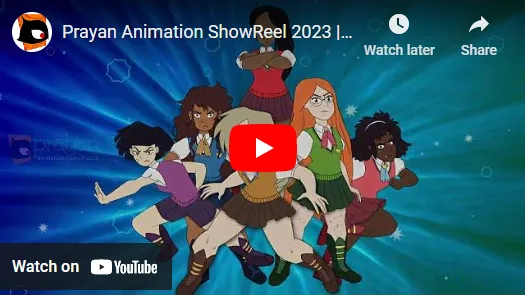



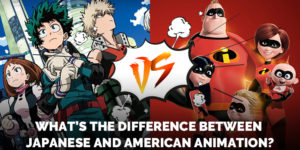


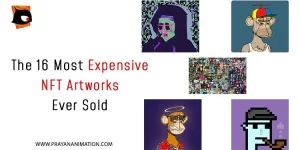
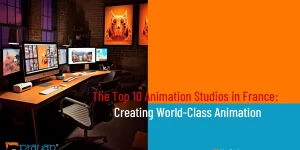


 We can help you.
We can help you. 

